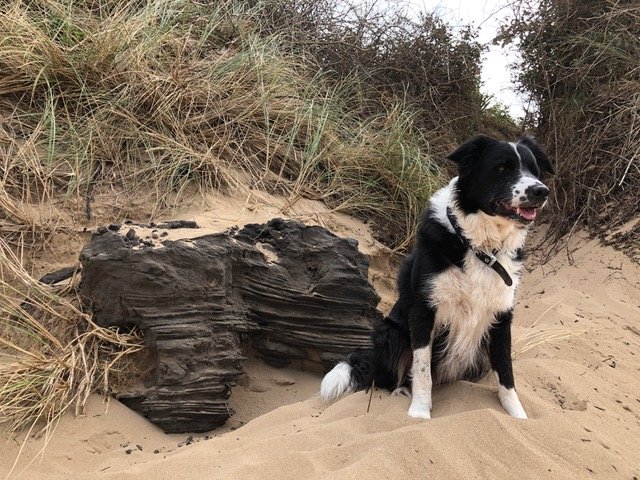McTimoney Animal Chiropractic

What is it ?
McTimoney is a form of chiropractic manipulation used to treat pain and dysfunction of the musculoskeletal system to renew well-being and physical health. It predominantly focuses on optimising alignment of the spine and pelvis in order to restore correct function of the skeletal and nervous system, and surrounding soft tissue. The technique is non-invasive and gentle and through careful manipulation of the joints, full range of motion can be restored and muscle tension and pain are reduced. This method can be very subtle and extremely gentle so is well suited to those dogs of a nervous disposition or higher levels of anxiety.
Where it may help
Like people, all animals are susceptible to injury or musculoskeletal problems throughout their life, no matter what age or discipline and there are a variety of reasons why this may happen. McTimoney Chiropractic focuses on the whole animal as well as specific symptoms and can be effective in helping a range of conditions and behaviours, for example;
Stiffness/ pain after exercise
Reluctance to exercise
Noise reactivity
Increased reactivity
Reduced mobility
Signs of discomfort when stroking the back
Difficulty climbing stairs/getting into a car
Altered locomotion
Recovery after injury
Back pain
Arthritis
Cruciate ligament recovery
Long term spine conditions e.g Spondylosis
Veterinary consent is a legal requirement if the animal is currently under investigation for an injury/ ailment. You will be asked to obtain this from your vet and your chiropractor will contact them to let them know they are due to treat your animal.
Provided By:
What to expect
-
In total, the whole process can take between 45 min - 1 hour which includes:
a review of the animals history
gait assessment
a static assessment that involves looking at body posture, spine and pelvis symmetry, range of motion of the limbs and palpation for tension and nerve reactivity in the soft tissues
the treatment
aftercare advice.
Please note that each session is taken at the animals pace in regards to their comfort and compliance. It is also helpful if your dog has had some exercise, if appropriate, to alleviate themselves before the treatment.
-
The treatment will be discussed in terms of findings, the dogs response and how we as a team want to progress in making your dog more comfortable. This may include:
a treatment plan
home exercises
lifestyle changes
activities to carry out on your walks.
The advice given will be tailored to what was found in the session and what is relevant or practical for you as the owner to achieve.
In order to get the most out of the therapy I ask the owners to allow the patients up to 48 hours reduced exercise post treatment, gradually increasing to resuming normal activity a week later.
This is because the body is still responding to the treatment and resuming activity too early can hinder the healing process and reduce the effectiveness. Please note that they may be more thirsty or sleepy than normal.


